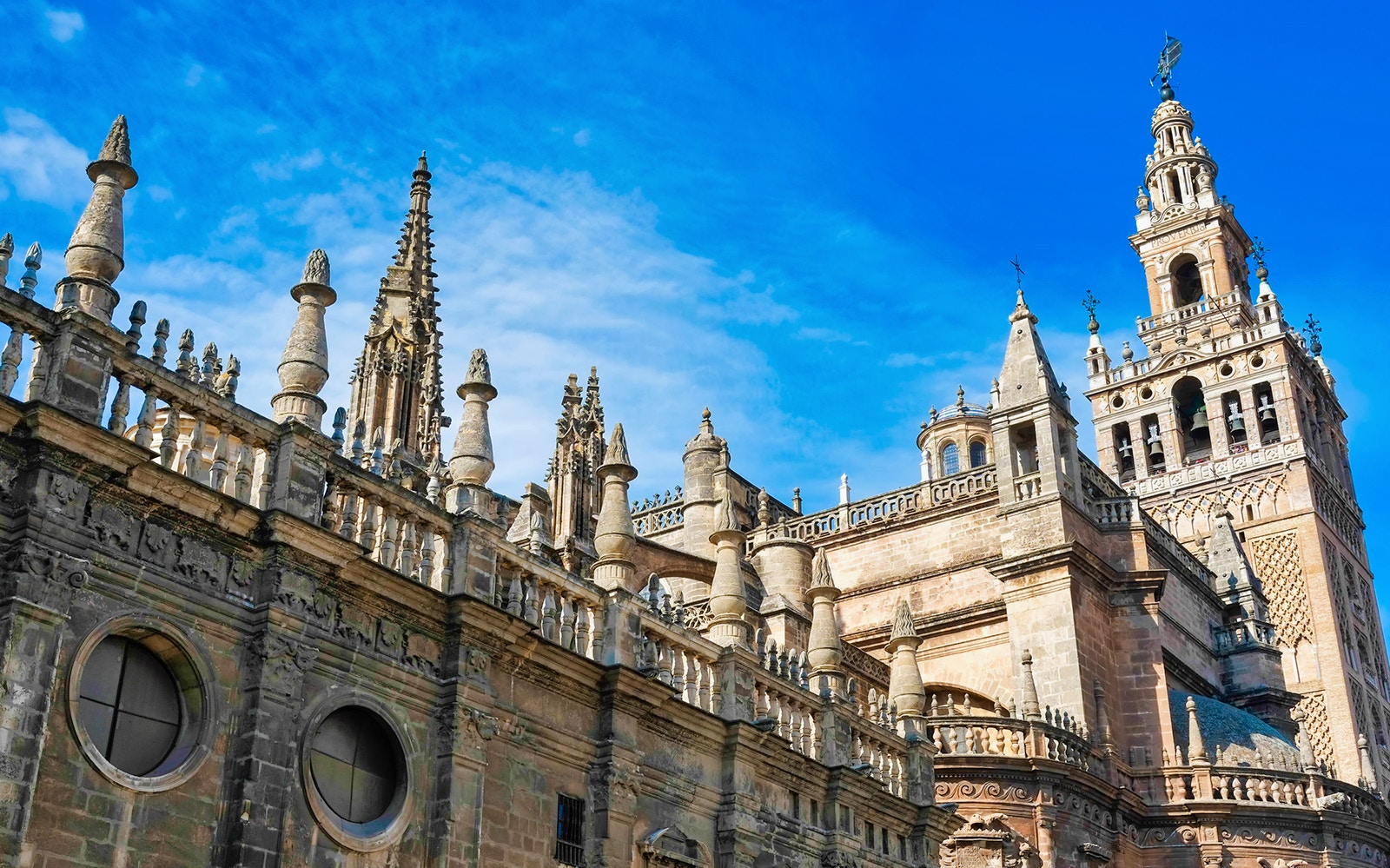Seville Cathedral was built by converting a mosque that was originally built on the site. The Almohad caliph Abu Yaqub Yusuf ordered the construction of the Almohad mosque in 1172, after which it saw several additions and expansion works. With the conquest of Seville by Ferdinand III, the mosque was converted into a catholic church in 1248.
Later, in 1401, the gothic expansion of Seville Cathedral was set in motion, with the idea of "Hagamos una Iglesia tan hermosa y tan grandiosa que los que la vieren labrada nos tengan por locos", which loosely translates to "Let us build a church so beautiful and so grand that those who see it finished will take us for mad". Major architects associated with these constructions were Enrique de Egas (initial stages), Juan Gil de Hontañón (1517-1526) and Juan de Castillo (completed the main facade in 1564). Several architects and designers also contributed over centuries, adding chapels, decorations, and other elements.



















